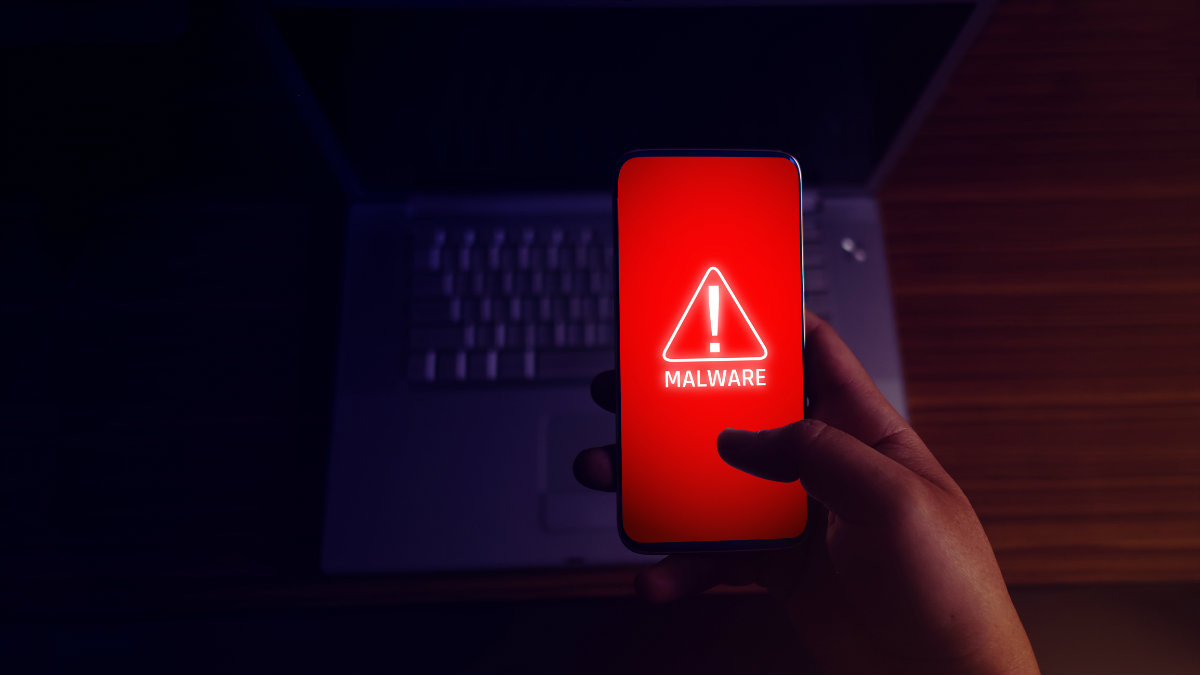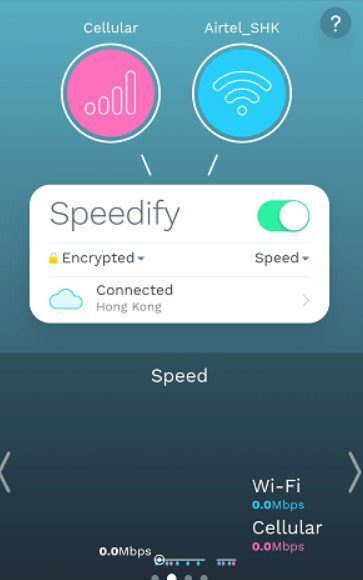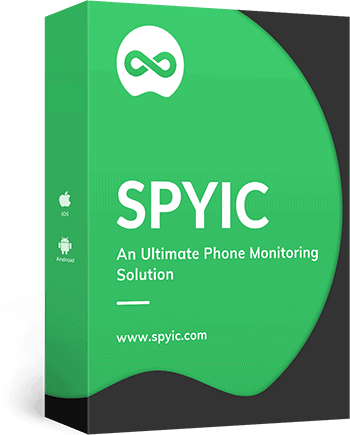Most of us are aware of the fact that Android is the most used operating system in smartphones and tablets and is becoming increasingly popular.
Ransomware, on the other hand, is malware, which locks the data on your computer, preventing you from accessing it unless you pay an amount demanded by the hacker.
How Does Ransomware Work?
There are two major variations of Ransomware, which are commonly known as Crypto-Ransomware and Locker Ransomware.
Crypto Ransomware encrypts the files on your device, making it impossible for you to access your data. Locker Ransomware denies you access to your device and this type of Ransomware is very common on Android smartphones and tablets.
It is important to realize the fact that Ransomware is not a virus but malware that can hold your data hostage unless you fulfil the demands of the hacker. According to some reports, last year these demands were $1000 on average, which is too much for a normal person to pay. Moreover, there is a risk of losing your data forever, even if you pay the ransom, there is still no guarantee that you will recover your data.
The Risk of Android Devices Getting Ransomware
Just like your computer, your Android devices are also at risk of Ransomware. They have become an increasingly popular target for malware hackers because they can carry so much data that the users will generally want to pay the ransom. Most users store a lot of personal information in their smartphones and this can be stolen if the devices are not protected.
How Does Ransomware Attack Android Phones?
Mobile malware sneaks into your smartphone through malicious content like fake applications, software updates from a third party, and downloading files from unknown websites. Mobile Ransomware can also enter your phone if you follow a spam link sent to you via email or SMS.
Types of Ransomware that Might Attack Your Android Phone
Numerous types of Ransomware can attack your Android device. Here are some of the top Ransomware from which you need to protect yourself:
WannaLocker
WannaLocker is a Chinese malware that specifically targets Chinese Android users. This malware is known for targeting individuals who are interested in playing games and the malware acts as a plugin for the game. WannaLocker extorts victims for a considerably smaller amount than most other malware. Most of the Ransomware asked for $350-$400 as ransom money but WannaLocker asked most of its victims for only $6 or $7.
DoubleLocker
This is another attacker from which Android users need to protect themselves.DoubleLocker can prove to be a dangerous malware for your smartphone because it is capable of locking both your device and the data stored in it. Some reports suggest that shortly, DoubleLocker might be able to steal money from your bank account due to its ability to steal bank account information as well as personal information.
LeakerLocker
LeakerLocker is a malware that is capable of sharing your phone data with all your contacts through email, SMS, and MMS. This can be very risky for you as all the content in your smartphone is not meant for everybody to see because there are some private files and images that have to be kept confidential. LeakerLocker can share files like photos, location, emails, messages, and web history, so you need to be careful about this malware. This particular malware hides in the Google Play Store as a fake application and is commonly known for demanding $50 from victims.
How to Get Rid of Ransomware?
Mobile Ransomware is on the rise and that is why you need to know how to remove it if you are infected. One of the ways to get rid of Ransomware is to boot your device and switch it into Safe Mode.
You can boot your smartphone into Safe Mode by holding the power button and switching it off completely. After that, you need to switch your phone on by pressing and holding the power button and the volume buttons simultaneously. An option of Safe Mode will appear on your smartphone, turn that on and then go to settings and delete applications from an untrusted source.
What if Booting into Safe Mode Does Not Work
If booting into Safe Mode does not help, you can reset your device to factory settings and it will become as good as new. However, before resetting it to factory settings, you need to understand that all the data in your device will be erased, so you should create a backup before resetting it to factory settings.
How to Protect Yourself from Ransomware?
A secure and well-encrypted network is the first line of defence against online threats. Therefore, you should install an internet service that comes with a complete protection suite to keep you safe from prying eyes. If you are looking for such a connection, then simply follow this link https://www.localcabledeals.com/Spectrum/Internet, and sign up for one of the best internet plans available in your area. With that said, here are some of the tips that would help you stay away from Ransomware:
- Always download applications from a trusted source
- Backup your Android device regularly
- Keep your smartphone/tablet up to date with the latest software
- Never share your personal information on public platforms
- Never save your passwords on public computers
Sometimes, it so happens that you infect your device with viruses and malware by following a link that you are not supposed to follow. Ransomware malware and viruses track your online activity and they know your interests, this is how they trick you into clicking and downloading malicious links and files that are corrupted. So, never download apps and files from untrustworthy websites and always stick to official stores such as Google Play Store.
Create multiple backups of your data to avoid future problems; you can create cloud accounts for this specific purpose. Always keep your devices up to date with the latest antivirus versions because updates often contain solutions to previous problems. Last, but not least, never fall for a phishing attack; these types of attacks will mislead you into revealing personal financial information.
Final Words
As Ransomware is growing at a rapid pace, the attacks are getting more dangerous. Those infected by malware are facing serious problems, they are unable to access important files on their devices related to work and are suffering heavy losses. Therefore, you should have security applications and anti-virus software installed on your devices with the latest updates so that you can detect and delete the viruses and malware before they infect your device.






![17+ Most Useful Websites You Wish You Knew Earlier [2021]](https://ytricks.co/wp-content/uploads/2020/01/useful-websites-you-wished-you-knew-earlier.jpg)
Leave a Reply